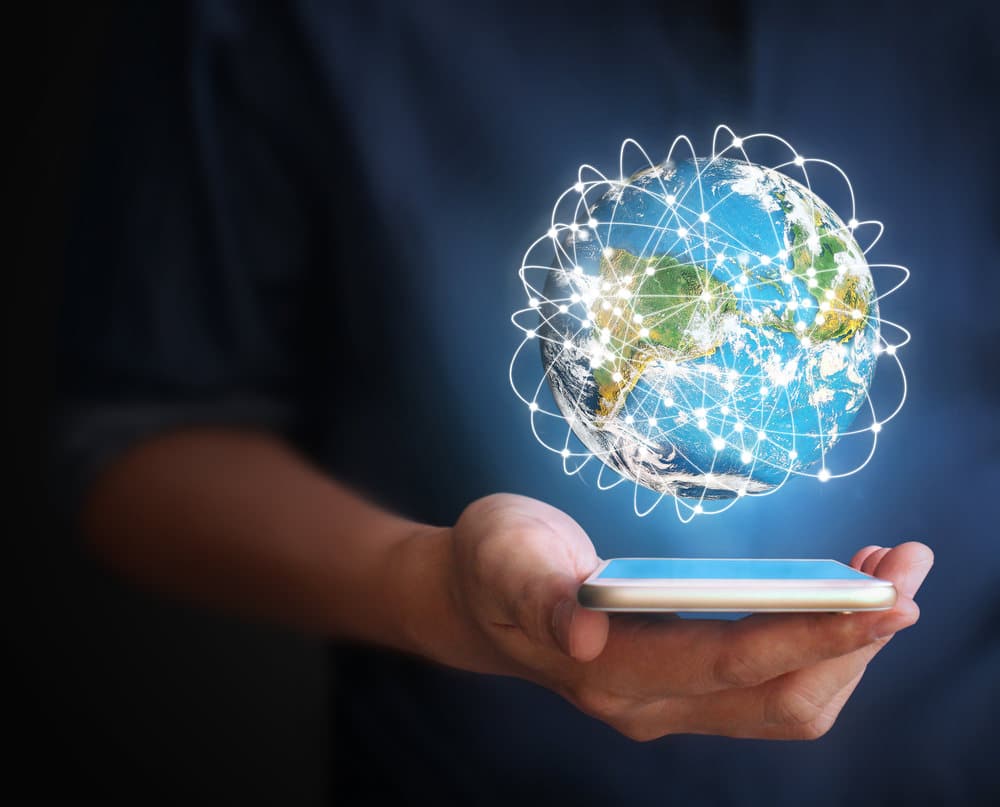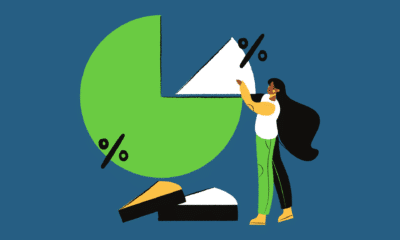Technology
By 2020, India’s digital payment industry to be worth $500
According to a recent report released by Google and Boston Consulting Group (BCG), India’s digital payment industry will be worth $500 billion and will contribute 15% to India’s GDP.
The report, namely ‘Digital Payments 2020’, highlights the current transformation underway in digital payments and its impact on the overall payment landscape in India. It is based on Nielsen’s qualitative and quantitative research with over 3,500 respondents.
It further states that by 2020, the non-cash contribution in the consumer payments segment will double to 40%. Already 81% of existing digital payment users prefers it to any other non-cash payment methods. Online, shopping, payment of utility bills and buying movie tickets has emerged as the three top things that a user primarily interacts with.
The non-cash includes cheques, demand drafts, net-banking, credit/debit cards, mobile wallets and UPI.
Rajan Anandan, VP, SEA & India, Google said, “Spurred by smartphone penetration, and supported by progressive regulatory policy, the digital payments industry is at an inflexion point and is set to grow 10X by 2020.”
“It is telling that half of India’s internet users will use digital payments and that the top 100 million users will drive 70% of the GMV – a clear indicator of the growing importance of the digital consumer,” said Anandan.
The reports further reveal that Indian consumers are 90% as likely to use digital payments for both online as well as offline transactions. Over 60% of digital payments value will be contributed by offline points of sale such as unorganised retail, eateries, transport etc.
Convenience has emerged as the most important factor that is driving this growth. This is followed by availability of offers while opting for digital payment methods.
Oxigen Wallets has tied up with Hindustan Petroleum Corporation Limited for fuel payments. The association will allow users to make swifter payments for fuel and the tie-up will be applicable in 61 HPCL outlets strewn across India, including some of the major cities such as New Delhi, Mumbai, Kolkata, Bangalore and Chennai.
FreeCharge, on the other hand, has partnered with bus aggregator Shuttl, which would help over 15,000 commuters in Delhi-NCR to go cashless for their daily commute. It has also registered one million active users for its Chat-n-Pay service.
Paytm has partnered with leading retail chains across the country. Users can now pay with Paytm at Spencer’s Retail, Heritage Fresh, More, WH Smith, Kendriya Bhandar, V2 Retail, Value Plus, Pai International (Pai Mobile) & various other large retail stores.
It has also entered into a strategic partnership with Suzuki Motorcycles Pvt Ltd. Customers will now be able to book and buy Suzuki two-wheeler models from more than 400 Suzuki dealers on Paytm.
Alpesh Shah, Senior Partner & Managing Director, The Boston Consulting Group, India, said, “The smartphone explosion will usher in a new era in digital payments in India over the next few years that will see digital payments exceed $500Bn by 2020 and non-cash transactions exceed cash transactions by 2023.”
The report also highlighted that micro-transactions will form a substantial portion, with over 50% of person-to-merchant transactions expected to be under INR 100. It also predicts that the value of remittances and money transfer that will pass through alternate digital payment instruments will double to 30% by 2020.
The report has also identified certain challenges the digital payments ecosystem will need to overcome to grow potentially.
The research has shown that 1 of 2 non-users haven’t used digital payments for they found it too complicated to understand and 61% of non-user merchants find it complex to use. Additionally, the universality of acceptance of digital payment methods and merchant concerns around the speed of transactions during peak hours has emerged as other inhibitors to usage.









































